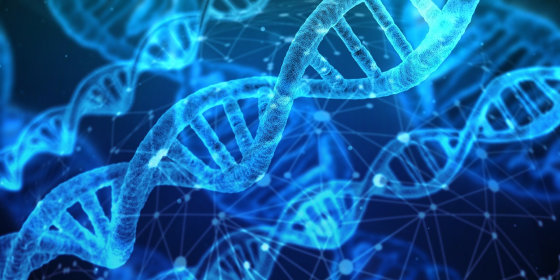Why can't every pharmaceutical company make a new corona vaccine?

Vaccination against the new coronavirus infection (COVID-19) has started in the United States and Europe, but the vaccine has not yet been distributed in many other countries. Some people have said, 'If you don't have enough vaccines, why not share your knowledge and technology with other pharmaceutical companies that have many Pfizer and moderna companies to produce vaccines?' Derek Law , a drug chemist, explained that he couldn't get it even if he wanted to. Explains why other pharmaceutical companies cannot easily produce the COVID-19 vaccine.
Myths of Vaccine Manufacturing | In the Pipeline
https://blogs.sciencemag.org/pipeline/archives/2021/02/02/myths-of-vaccine-manufacturing

First of all, Mr. Law mentioned that the RNA vaccine , which is a vaccine for COVID-19, is a new technology, not an old form of vaccine. The mRNA vaccine has been studied for 20 to 25 years and fortunately cleared several research topics shortly before the COVID-19 pandemic. Five years ago, it was impossible to 'develop a vaccine within a year', but it was realized thanks to advances in mRNA technology.
And the production of mRNA vaccines is simply divided into six steps, which include 'why other pharmaceutical companies cannot produce the vaccine'. The six steps that Mr. Law explains are as follows.
◆ Step 1
Produce appropriate DNA containing the sequences that need to be transcribed into mRNA.
◆ Step 2
An enzyme is used in a bioreactor to produce mRNA from a DNA template.
◆ Step 3
Produces the lipids needed for the formulation. Some lipids are common, such as cholesterol, but the ones used in the new corona vaccine are not common lipids.
◆ Step 4
The mRNA and lipid are bound as lipid nanoparticles.
◆ Step 5
Combine the lipid nanoparticles with other components required for the formulation (phosphate buffer, saline, sucrose, etc.) and bottle them.
◆ Step 6
Pack and transport bottled vaccines.
First of all, the 'DNA generation' in step 1 is not that complicated, Pfizer does it in-house, but Moderna outsources it. For this reason, large-scale DNA generation has already been carried out, but it is possible to expand the scale if necessary. In addition, the process of 'transcription to mRNA' in step 2 also limits production compared to step 1, but it is not a bottleneck when looking at the entire process.

The 'lipid production' in step 3 is a completely different manufacturing process from steps 1 and 2. Positively charged lipids are required to produce vaccines. Lipid production is not 'easy to produce on a large scale', but it is possible to measure the speedup of the process by asking multiple manufacturers as needed.
And Step 4 is the bottleneck in the whole process, Law said. Converting a mixture of mRNA and lipid into 'mRNA-encapsulated lipid nanoparticles' is a very technically difficult task. All pharmaceutical companies that make the new corona vaccine are working with special equipment that uses

In addition to the flow rate, concentration, and temperature, various factors such as the size of the pathway and the size and shape of the container to be mixed are important in the process of producing lipid nanoparticles. Pharmaceutical companies that manufacture the new coronavirus vaccine have custom-made these devices, and other pharmaceutical companies do not have similar devices. While it's not impossible to create new specialized equipment using microfluidics, pharmaceutical companies such as Pfizer and Moderna, which have already introduced them, are trying to scale up, leaving room for other pharmaceutical companies to enter. There is almost no condition.
After Step 4 is over, Steps 5 and 6 are not a difficult process and many companies are involved. It is sometimes pointed out that 'a small number of pharmaceutical companies dominate the process' when it comes to vaccine production, but many companies are already involved in pharmaceuticals and 'ready but still involved in vaccine production'. It's not a simple matter, 'you can end the pandemic with the addition of companies that aren't doing it,' Roh pointed out.
In addition, Mr. Law described the article 'Supply Chain of New Corona Vaccine' compiled by software developer Jonas Neubert as 'the most useful article I have seen'. You can read more about Neubert's article on what the new coronavirus vaccine contains and what manufacturing process it follows:
What is happening in the 'new corona vaccine supply chain'? --GIGAZINE

Related Posts:
in Science, Posted by darkhorse_log






